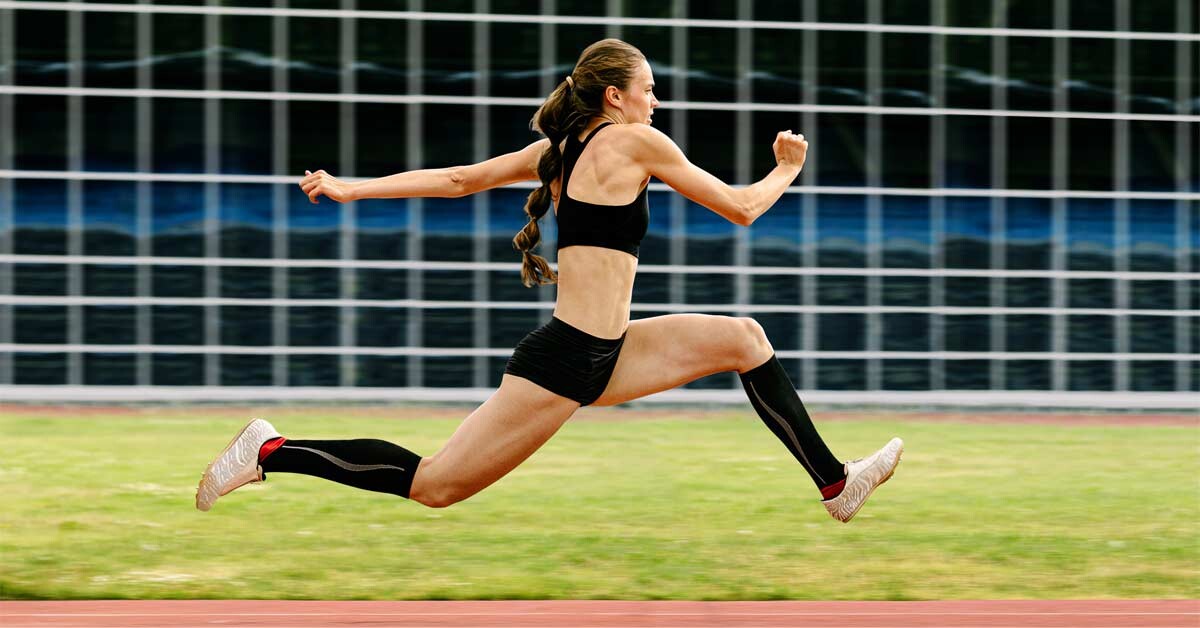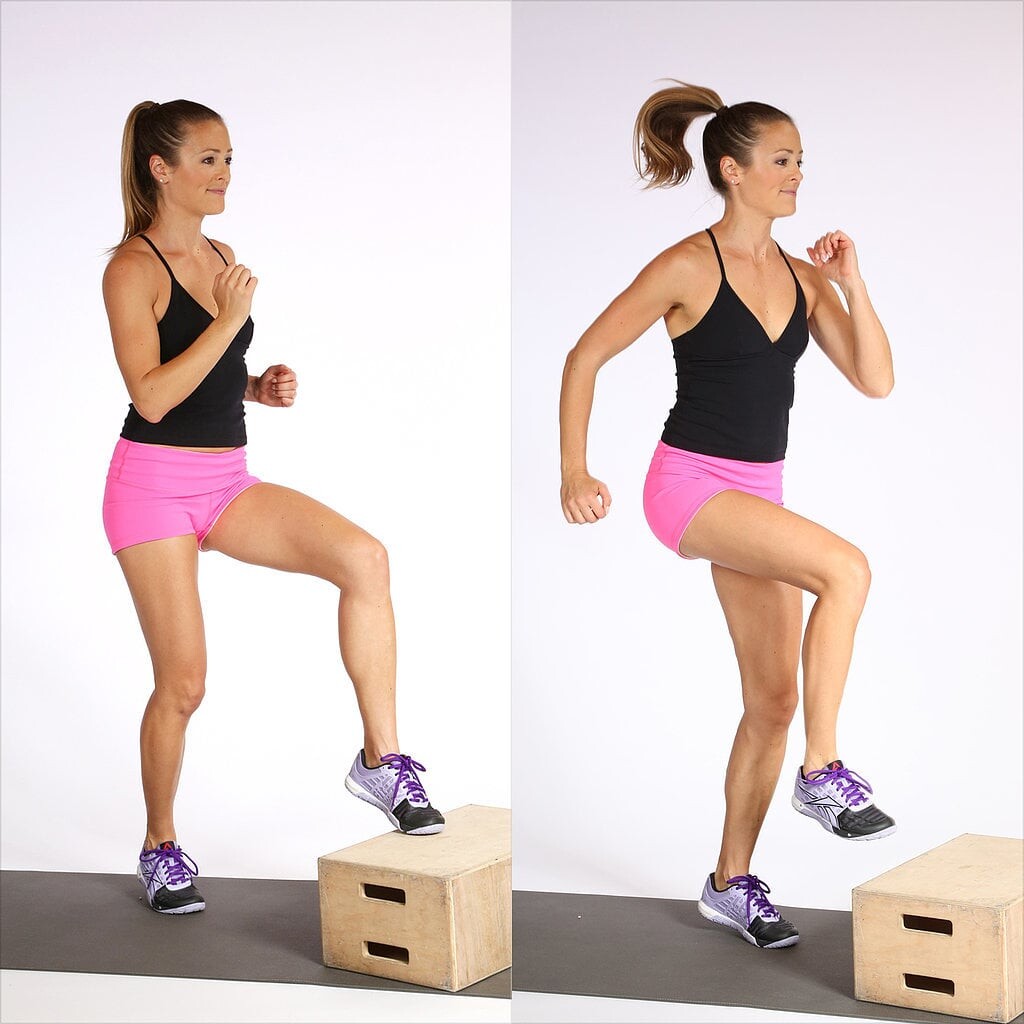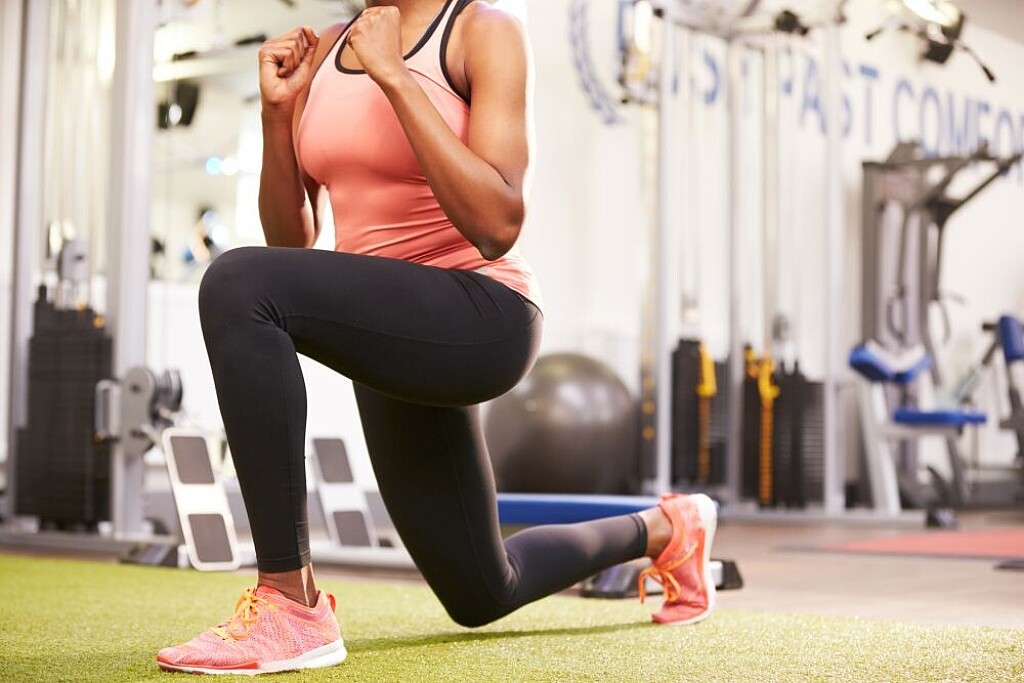Running News Daily
Running News Daily is edited by Bob Anderson. Send your news items to bob@mybestruns.com Advertising opportunities available. Train the Kenyan Way at KATA Kenya and Portugal owned and operated by Bob Anderson. Be sure to catch our movie A Long Run the movie KATA Running Camps and KATA Potato Farms - 31 now open in Kenya! https://kata.ke/
Index to Daily Posts · Sign Up For Updates · Run The World Feed
Boost running performance with plyometrics, adding jumping exercises into your strength training routine can improve your running performance
Incorporating plyometrics into your strength training routine is an effective way to improve running performance, but they aren’t for everyone. Curious to know if they’re right for you, and how they can benefit your running performance? Consider this “plyometrics 101 for distance runners.”
What are plyometrics?

Another term for plyometrics is jump training. It’s a type of training that incorporated exercises in which your muscles have to exert maximum force for short periods of time. In other words, it’s a very fast, explosive style of strength training. Athletes of all different disciplines use plyometrics in their training to improve their power, strength, quickness and overall speed. Although distance running is a slower, less explosive sport than other track and field events like sprinting or jumping, endurance athletes can still gain a lot from doing plyometric training.
What are the benefits of plyometrics?

To answer that question, you first have to understand how you create propulsive energy when you run. To do this, your body absorbs and briefly stores energy from impact (like your foot striking the ground), then releases that energy to push you forward. You may hear this referred to as “elastic energy.”
By improving your muscles’ ability to store elastic energy, you can become a more efficient runner. Put differently, having more stored elastic energy allows you to maintain a faster pace for longer — sounds great, doesn’t it?
Various studies have also shown that plyometric training improves the VO2 max of beginner and recreational runners, which means your body will require less oxygen at the same effort level. Again, this will make you more efficient and therefore, faster. Interestingly, studies have not found plyometric training to increase the VO2 max of elite runners, presumably because they’re already training optimally and already have very high VO2 maxes. It does. however, still seem to improve their running efficiency from at the muscular level.
Are plyometrics right for me?
In theory, plyometrics are beneficial for every runner, but due to their high-impact, high-intensity nature, they’re not a good place to start for beginners. Most experts recommend following a lower-impact, basic strength training routine for eight to 10 weeks before adding plyometrics into their plan if you’re new to strength training. More experienced athletes may be able to shorten that timeframe to six weeks. It’s also very important that you perform plyometrics with proper form to prevent injuries.
Examples of plyometric exercises
The following list is just a few of the many different plyometric exercises you could incorporate into your strength training routine.
Keep your legs straight and use only your ankles to jump in the air, being careful not to bend your knees or hips. Do 10-20 hops.
Stand on one leg with the foot of your opposite leg resting behind you on something sturdy, like a bench. Lower yourself into a lunge, then jump up, driving your front knee into the air. Do your best to land softly after every jump, repeating 10-20 times on each leg.
Skips for height
Skip across the ground with the goal of getting as much height as you can. Try to land as softly as you can, and don’t worry about how far you’re getting with each skip. Do 10-20 skips.
Frog jumps
Unlike the high skips, frog jumps are more about distance than height. With both feet planted on the ground, lower yourself into a three-quarter squat position, then quickly jump forward. Try to land softly, and immediately jump again (there shouldn’t be any standing time between jumps). Repeat 10-20 times.
Box toe touches
Stand in front of a short box, about one foot away from it. Alternating your arms and legs, touch the top of the box with your toes as quickly as possible. Aim for 20-30 toe touches.
Single-leg bounding
This is a very advanced exercise. Standing on one leg, bend your knee slightly and jump, driving your knee into the air and landing back on that same foot, trying to land as softly as you can. See the video above for a modified version that can get you ready for full single-leg bounding.
by Brittany Hambleton
Login to leave a comment




